


The term “somatic movement” has recently gained popularity, as it offers a way to reconnect with mind and body in our fast-paced world. Advocates claim the benefits of somatic exercises include relief from stress and chronic pain, along with improving mental health—and even yoga falls under this category. Who wouldn’t want those benefits of somatic workout?
But does somatic movement really deliver on its promises? And how can you get started? We’re here to answer your burning questions and provide beginner-friendly somatic workout routines to help you experience the benefits for yourself!
What Is Somatic Movement?
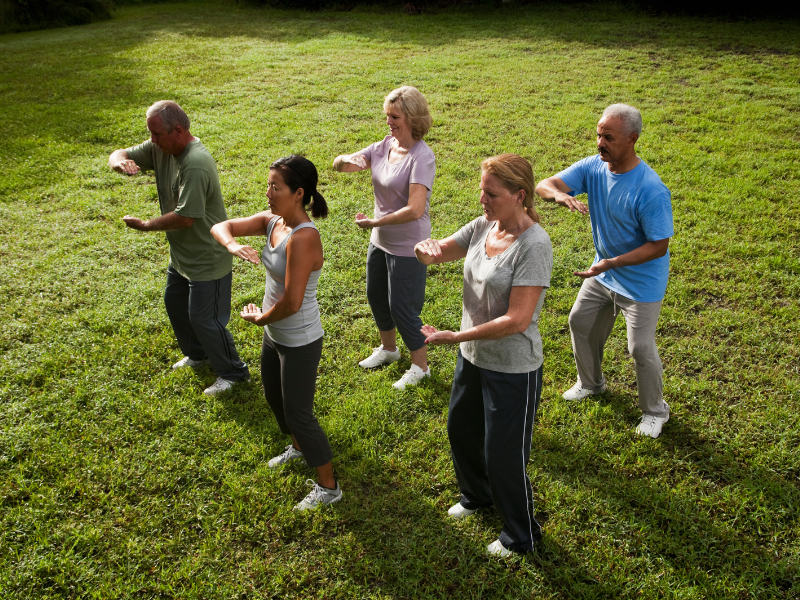
To describe somatic movement, it refers to a range of techniques that aim to increase bodily awareness through intentional movement and relaxation. Coined by philosophy professor Thomas Hanna in 1976, the term highlights practices designed to help individuals reconnect with their bodies in a mindful way [1]. While somatic movement has gained widespread popularity in the Western world over the past five decades, many of its practices have roots in ancient Eastern philosophies and healing traditions.
At its core, somatic movement encourages people to tune into their internal sensations, rather than focusing on the external result or performance of the movement. It can help individuals release built-up emotions, process trauma, and manage mental health by fostering a deeper connection with the body. Unlike traditional exercise routines that often prioritize achieving specific outcomes, somatic movement emphasizes the experience of the movement itself, allowing for greater self-awareness and emotional release.
Types of Somatic Movement
Many different techniques and art forms fall under the wide umbrella term of somatic therapies and movements. Somatic therapy includes trauma-healing practices that help in building the mind-body connection and managing issues like grief and post-traumatic stress disorder.
Feldenkrais Method
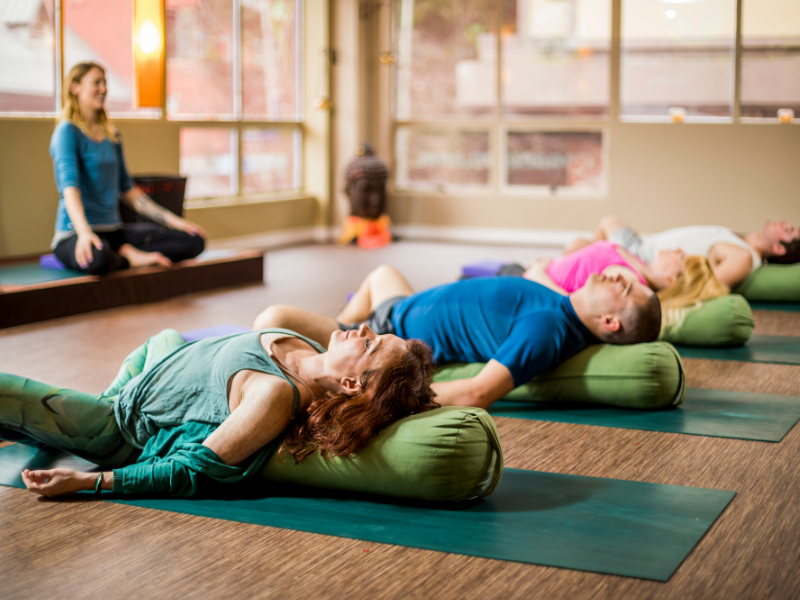
This method was invented by Dr. Moshe Feldenkrais and is based on movement awareness and guided feedback. It explores the connection between the mind and body through observation and encouragement of choice, as explained by an article by Clinical Sports Medicine, It is a “series of movements force the practitioner to use body sensation and perceptual feedback to choose between favorable and unfavorable positions.”
Somatic Stretching
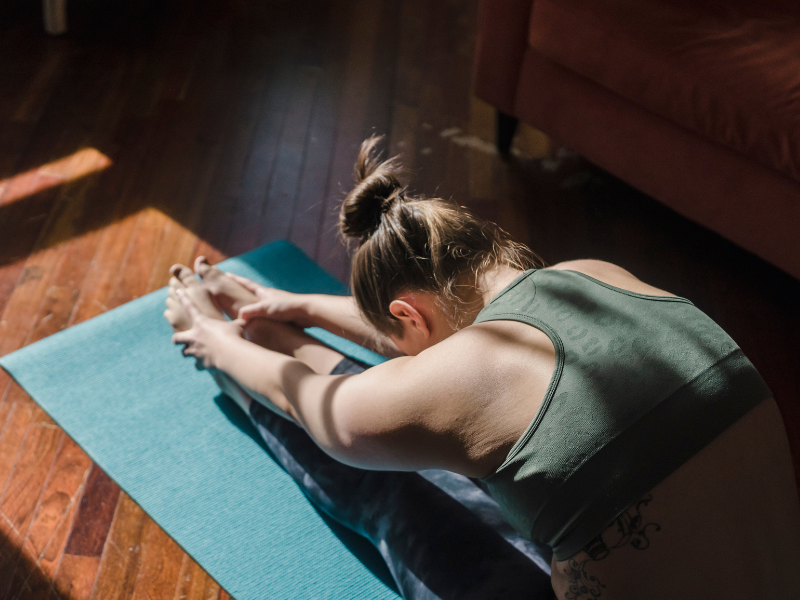
Somatic stretching falls under the category of static stretching, unlink dynamic stretches that have constant movement. In this, you’re elongating and stretching your body to focus on how it makes you feel physically and emotionally, and moving in accordance with that.
Exercises Such as Yoga, Martial Arts, Tai Chi, and Dance

Somatic is described as deliberate movements that originate from feeling inwards and connecting to the body, which art forms like martial arts and yoga naturally embody. Certain forms of dance exercises such as freestyle also allow for this free movement.
Grounding
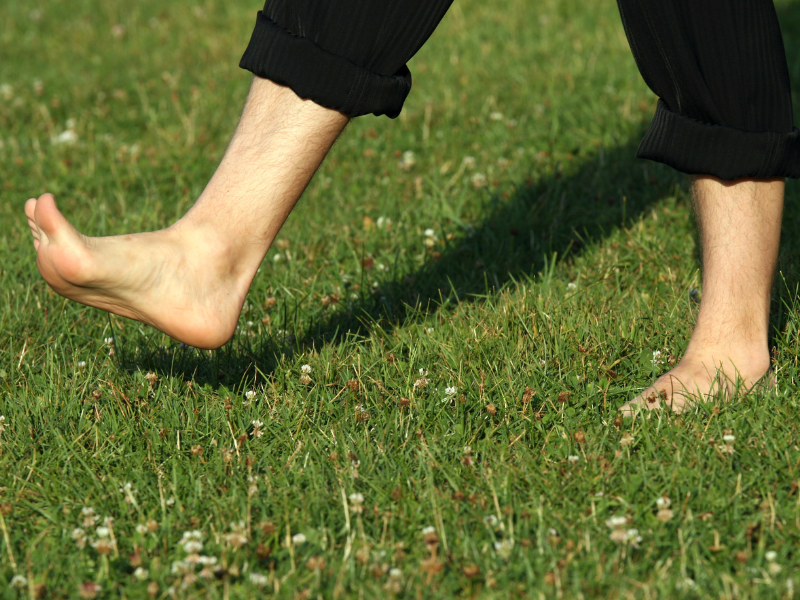
This type of somatic movement technique helps you to connect with the physical and natural world by trying to forge a connection. It involves feeling the energy from within yourself, the space, and the ground that you’re on.
Breath work
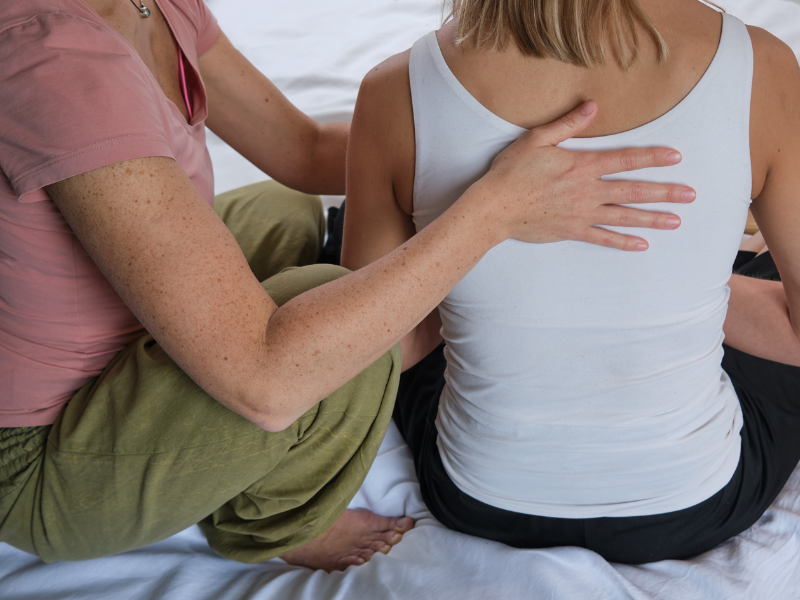
The foundation of somatic exercise is breath work, which is essential in establishing a mind-body connection and calming one down. Meditation and controlled breathing play an important role in helping one become conscious of the problem areas in the body, and also for emotional reflection.
You may also like:
The Ultimate Guide to Somatic Yoga and its Exercises
Beginner Upper Body Chair Yoga Exercises
Somatic Workout Free PDF
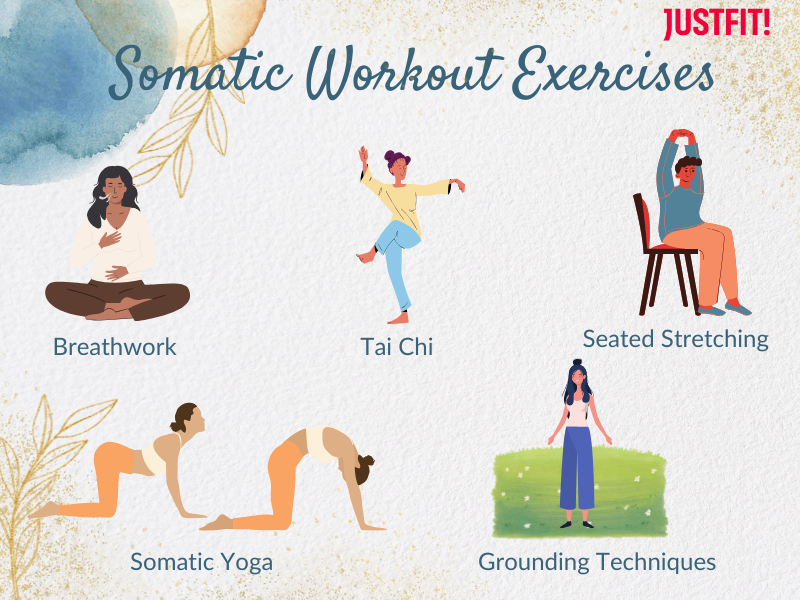
For a handy reference that you can look up when you’re in the mood to calm your mind and soothe your soul, we have you covered with this Somatic Workout Free PDF. Download and print this tool to hang it up your workout space as a daily reminder for mind-body connection!
Somatic Exercises For Different Needs
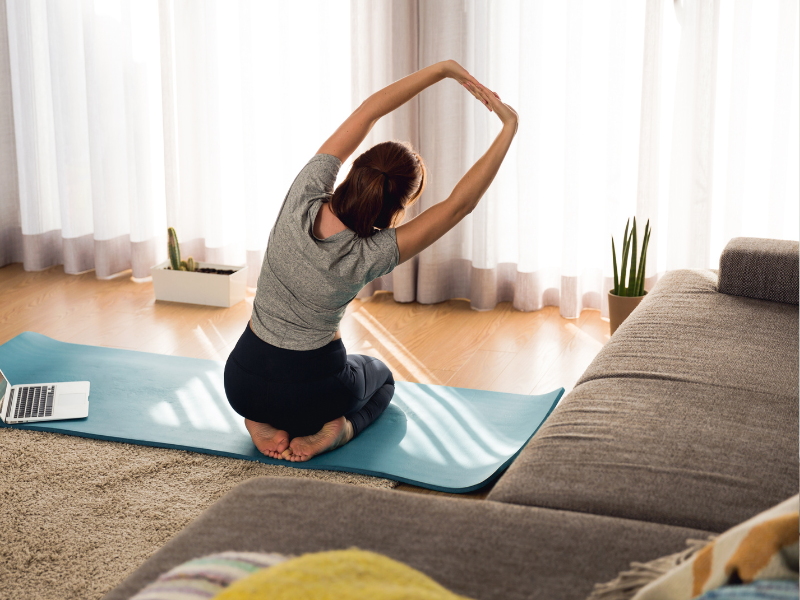
There are a variety of emotional and physical needs that somatic exercises can help with. Below are a few of them:
Anxiety
For those dealing with issues of anxiety, having a enhanced mind body connection can go a long way into understanding how you function. Exercises like diaphragmatic breathing and body scanning encourages one to relax and ease both mind and body.
Trauma
Trauma involves deep-seated issues that have been rooted in our psyche and remain unresolved, and this can have a negative impact on your present mental health. Somatic practices like somatic yoga can help confront and focus on suppressed emotions. One of the very popular somatic therapy techniques involves swinging from an area of discomfort to one of relaxation, called pendulation. Do this with the aid of a somatic movement therapist, or consult a mental health therapist in general for trauma issues.
Stress
Moments and incidents of stress involve being able to voluntarily put your body and mind at ease when they need to be. Cultivating this habit can come from the practice of breathing techniques and grounding yourself in the physical environment around you, reducing your mental and physical symptoms of stress.
Flexibility
Different types of movements like tai chi, dance, mixed martial arts, and stretches that fall under the category of somatic movement engage the body and test its flexibility. At the top of this list is Somatic yoga which should be a must-try in your routine if you’re looking to improve your flexibility and body awareness with its yoga poses.
Try out more yoga-based exercises:
Face Yoga Exercises PDF: The Ultimate Guide
How To Do the Yoga Push-Up Effectively
Somatic Workouts to Try

If you’re looking to jump-start your journey with somatic workouts, here are some routines that involve deliberate, slow movements to help with relaxation and muscle tension. Remember that the root of somatic movement is moving based on an organic internal feeling, therefore you must use exercises as guidelines rather than a restrictive structure to fit into. All you need is a yoga mat to try these out!
Recover, Restore, and Relax Workouts
This routine incorporates exercises to loosen and activate your muscles, along with somatic yoga poses!
Easy Move Conditioning
A 22-minute session that offers light cardio exercises and dynamic stretches that help with both engaging and relaxing your muscle tension.
Move and Sculpt for Beginners
Enjoy exercises that will help you stretch various muscle groups in your body, including both upper and lower body workouts.
You may also like: The Best Somatic Exercises for Mental and Physical Well-Being
Conclusion
From a somatic breathing exercise that helps calm the nervous system to yoga movements for identifying physical pain, the somatic world is immense and has a lot to explore. We hope you’re encouraged to try this out for yourself now, and more tips and exercises for an active and relaxing lifestyle, check out the JustFit app!
Do somatic workouts work for weight loss?
What is a somatic workout?
What is the difference between yoga and somatic exercises?
E. Phuphanich, M., & C. Eapen, B. (2007). Feldenkrais method. Feldenkrais Method - an overview | ScienceDirect Topics. Available at: https://www.sciencedirect.com/topics/medicine-and-dentistry/feldenkrais-method





